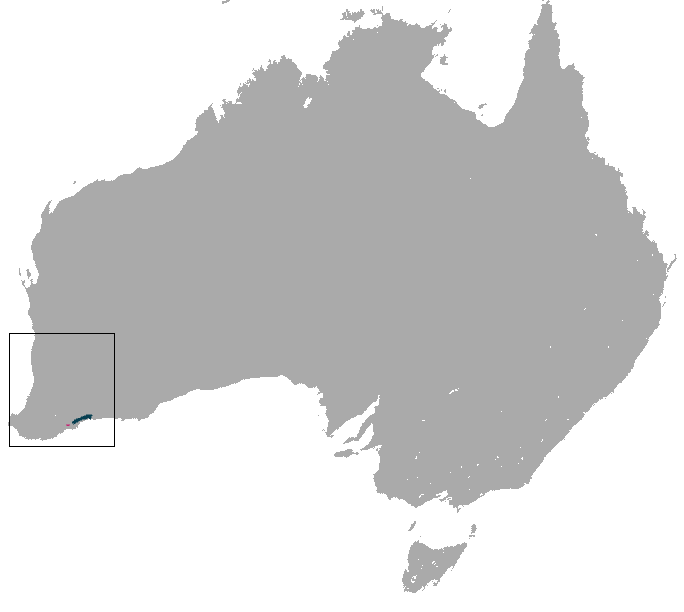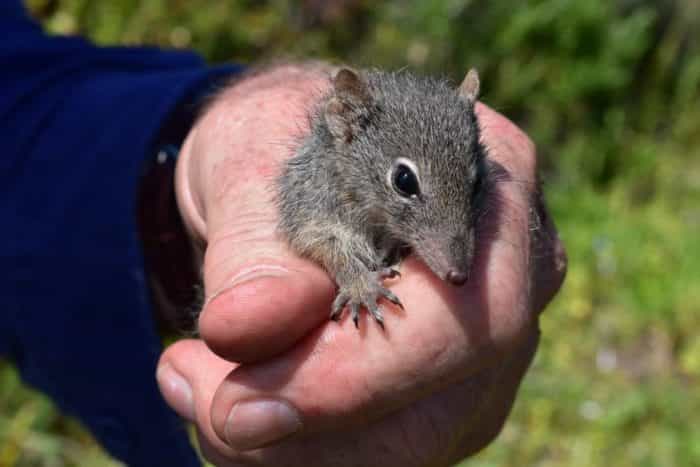Meet the Dibbler, one of the world’s rarest mammals

Bec Crew
Bec Crew

IF YOU’VE NEVER heard of the little red kaluta before, here’s another diminutive Australian animal that might be new to you. The dibbler is even rarer and more obscure, but there’s one thing these two carnivorous marsupials have in common – they’re both as cute as a button.
Native to the southwestern corner of Western Australia and three tiny nearby Boullanger, Whitlock and Escape islands, the dibbler (Parantechinus apicalis) was thought to be extinct for almost a hundred years until a handful were discovered in 1967 in Cheyne Beach, a pristine, protected cove 68 km east of Albany.
Since 1996, they’ve been classified as endangered, and their remaining numbers are threatened by the usual suspects: feral cats and foxes and habitat degradation.
To give you an idea of just how rare these little guys are, here’s a map of their distribution, not including the few on the islands:

The species was first recorded in the mid-19th century by famed zoologist John Gould and his colleagues. English naturalist and collector, John Gilbert, noted three Aboriginal names for the species, Marn-dern (Moore River area), Wy a lung (Perth) and Dib-bler (King Georges Sound area), and the latter stuck.
Dibblers are slightly larger than a house mouse, and their most distinctive feature is the white ring around their eyes. They’re fluffier than you think, and they have large, round ears that make them look like a bit like an ermine from the front.
From the side, they have long, pointed snouts, which are perfect for nosing into nests, burrows and tree hollows to drag out mice, birds, insects and lizards to feed on.
Here you can see that beautiful white colouring around the eye here:

The good news is we’re not leaving the species to fight for survival on its own.
The Western Australian Department of Parks and Wildlife is leading a team of researchers from places like Perth Zoo to carry out a Native Species Breeding Program, which means releasing populations into protected habitats where they can be closely monitored, but still live life in the wild.
In 1997, the Perth Zoo team achieved the first successful breeding program of the dibbler, and released 26 individuals on Escape Island, just off the coast of Jurien Bay in southwestern Western Australia.
The island, which is just 27.33 hectares, has been cleared of introduced predators, and the species has since been thriving there ever since
Perth Zoo reports that other release sites for dibblers since then include Peniup Nature Reserve (2001 – 2014), Whiteman Park (2014-2015), Stirling Range National Park (2004 – 2007), Waychinicup National Park (2010 – 2013) and Gunton Island (2015 to present).
You can read more about the current project on Gunton Island here.
And now here’s a dibbler feeding on mealworms hidden in a pinecone:
And here’s Perth Zoo keeper, Lesley Shaw, doing a pouch check:

